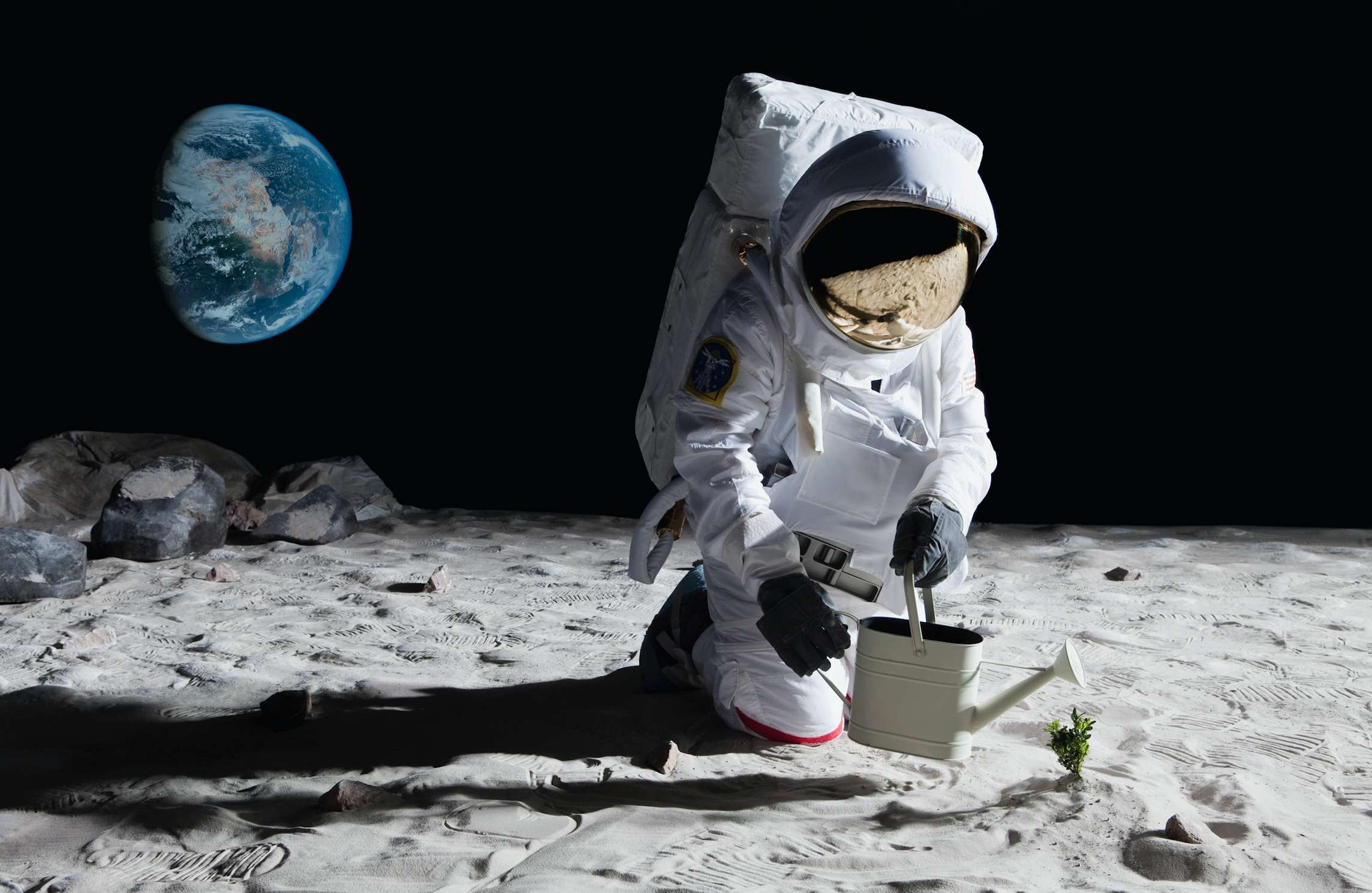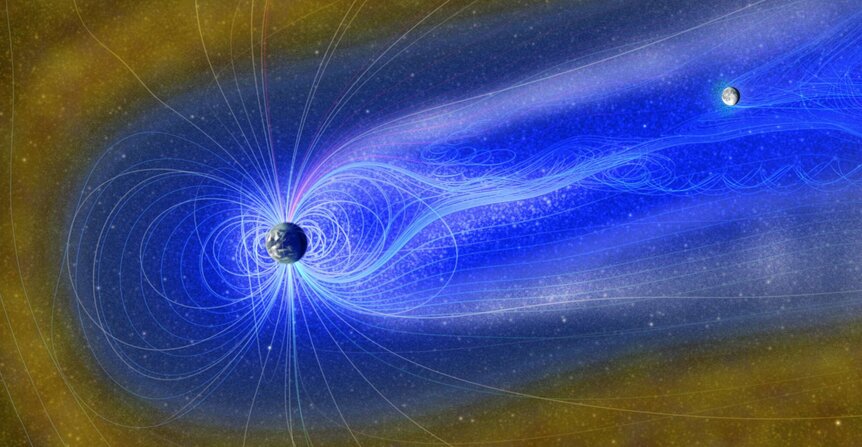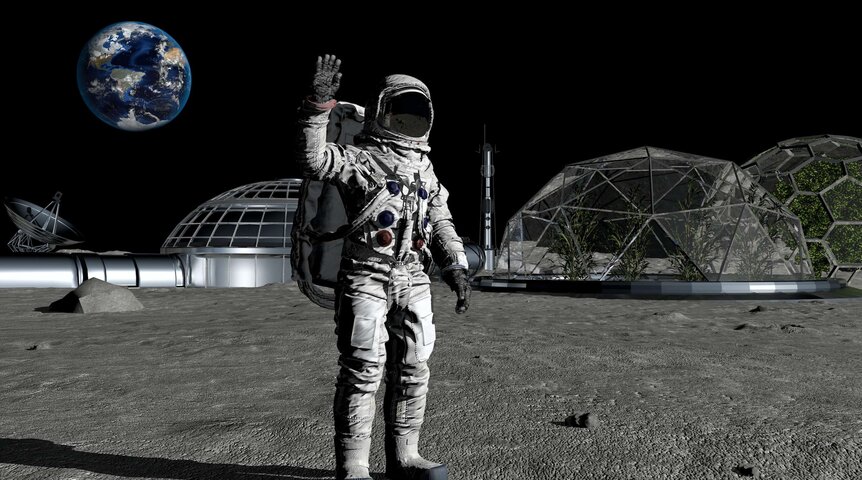Create a free profile to get unlimited access to exclusive videos, sweepstakes, and more!
Drink up! How new research finds Moon's water replenished by Earth's magnetic field

Even though Apollo astronaut Buzz Aldrin described the dry, barren regolith of the Moon as "magnificent desolation," it turns out that our lone satellite actually has an abundance of lunar water locked away in its soils and rocks, especially at its lightless polar caps.
Our Moon’s two poles have permanently dark territories where spacecraft and probes have detected vast amounts of water ice that Moon-bound astronauts might be able to tap into for water, air, and cheap rocket fuel. H2O is also deep inside the dusty lunar soil as well.
Since the discovery of lunar water in 2008 after India’s Chandrayaan-1 deployed its NASA-lent instrument called the Moon Mineralogical Mapper, astrophysicists and planetary geologists have been puzzling over where the water came from, due to the Moon's extreme arid climate and lack of any atmosphere.
Early theories postulated that it might have hitchhiked onto the surface inside water-carrying asteroids or from solar winds bombarding the Moon with ionized molecules that later formed H2O. However, in a new research paper recently published in the online journal Astrophysical Journal Letters, a team of international scientists believe all that extra moisture just might have originated from the Earth’s own magnetosphere.
Instead of the lunar water evaporating away in the harsh climate, this paper's findings has partial hints of the solar wind hypothesis, but expands upon external causes by presenting evidence that this moisture is a component of a dynamic replenishing system caused by our own planet. This process has important implications regarding upcoming missions to establish settlements on the Moon.
Another application of the information might be used to discover where vast amounts of water are found on remote exoplanets too.
While solar winds do make up a fraction of the Moon's water, this new multinational investigation indicates that those same solar winds should evaporate up to half of the Moon’s water on a monthly basis, all timed to the lunar cycles. This is where Earth's planetary magnetic winds come into play, evidently refortifying the satellite with a constant storm of ionized particles that develop into water molecules.
By all accounts, 50 percent of the Moon's water should vanish at high-latitude regions during the three-day period of the full moon when it enters Earth's magnetosphere. But new inspections of surface hydroxyl/water surface maps courtesy of the Chandrayaan-1's Moon Mineralogy Mapper (M3) reveal that lunar surface water doesn't go away during this magnetosphere shielding event.
It was originally believed that Earth's magnetic field blocked the solar wind from reaching the moon so water couldn't be replenished regenerated quicker than it evaporated, but the new study refutes those ideas.
Utilizing a time series of water surface maps taken before, during, and after this magnetosphere transit, scientists are confident that the Moon's fluids could be resupplied by waves of magnetospheric ions called "Earth wind."
This interactive dance between solar winds and the Earth’s magnetic field help top off the Moon's trapped water supply in a symbiotic relationship that does have a certain cosmic perfection to it. Hydration is truly the key to the universe!
















